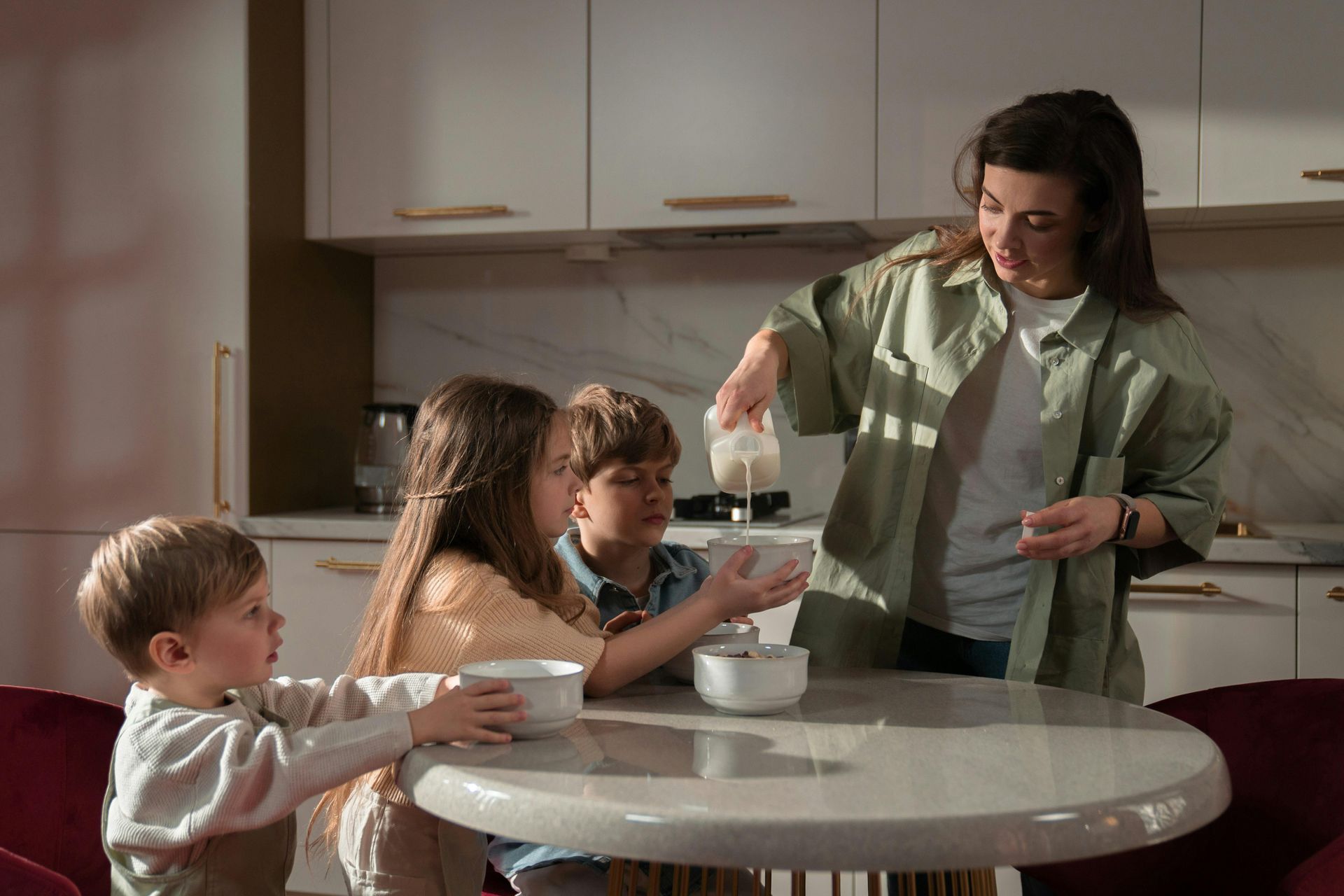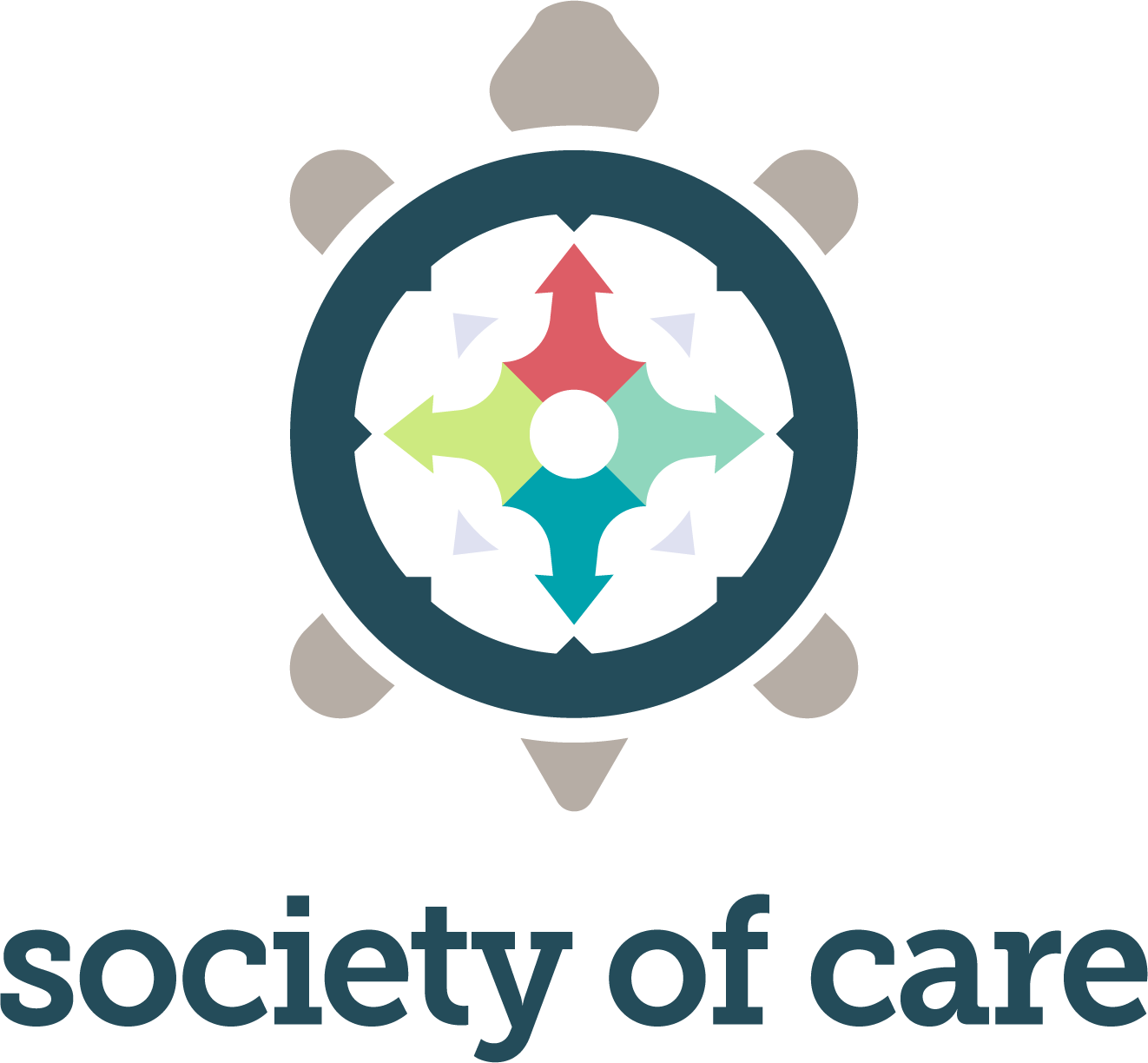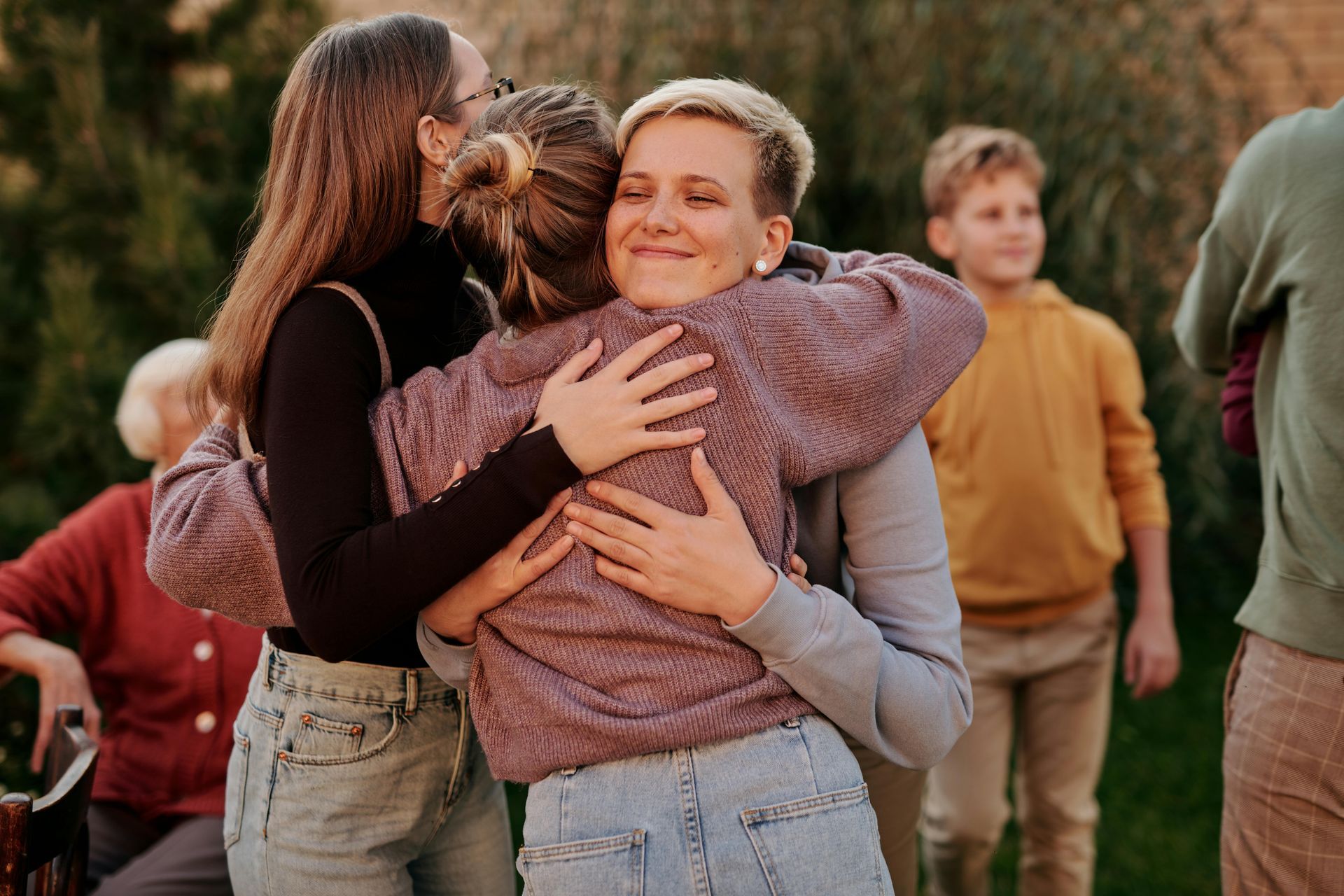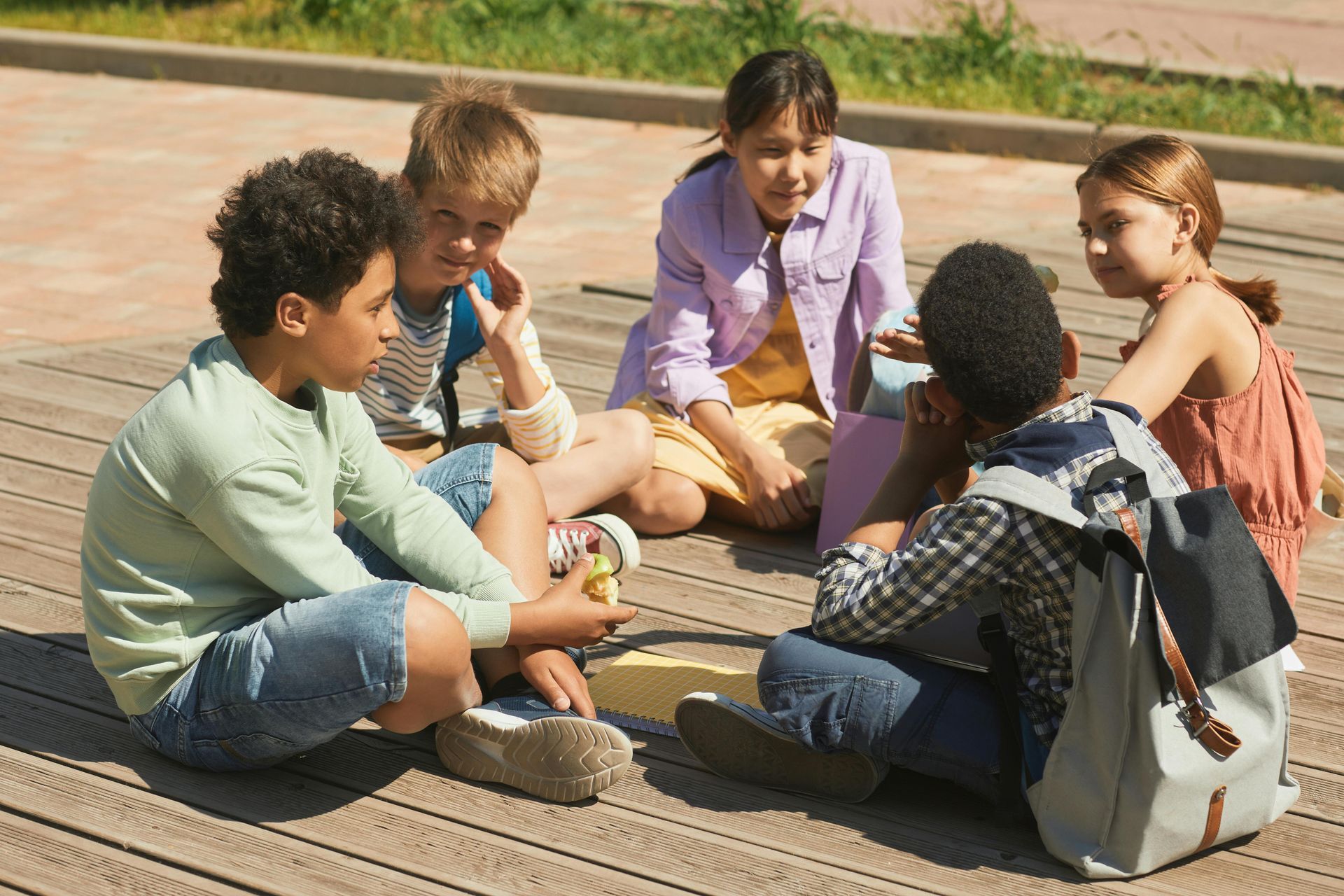PTSD and Your Mental Health
societyofcare • June 2, 2022
Join Our Mailing List

Change is a natural part of life, but for children, even small changes can bring big emotions. Shifts in routine, environment, expectations, or relationships can feel confusing or overwhelming. Children may not always have the words to explain what they are feeling, but their emotions often show up through behavior, body language, or changes in mood.

Choosing gifts for children can be an opportunity to celebrate who they are while nurturing the skills they are developing. A strength based approach focuses on what a child already does well. It also supports the areas where they are growing. When gifts match a child’s interests, learning style, and developmental needs, they can spark confidence and independence in meaningful ways.

As the year winds down, many families begin to feel the familiar shift that comes with the holiday season. Plans change, routines get disrupted, and schedules often fill more quickly than expected. These moments can bring joy and connection, but they can also create stress, unpredictability, and emotional strain, especially for caregivers already balancing full plates.

For many families, mornings can feel like a race against the clock. Between getting kids dressed, preparing breakfast, finding missing shoes, and getting everyone out the door on time, it’s easy for the day to start with tension instead of calm. But with a little planning and consistency, mornings can become one of the most peaceful and productive parts of the day.






